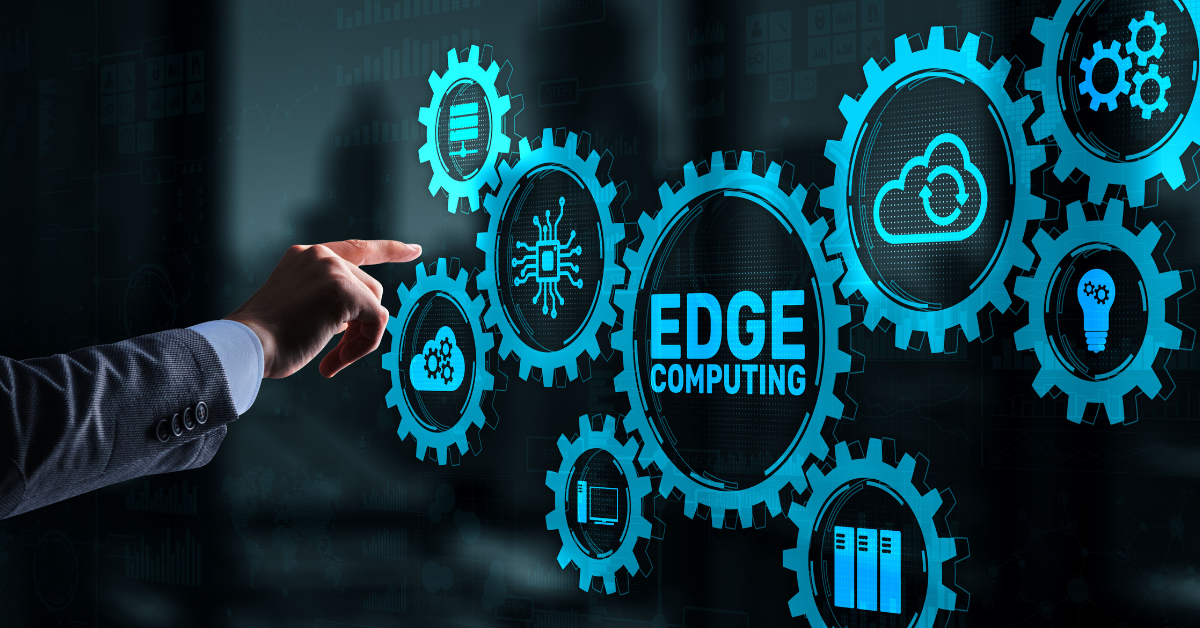The Rise of Edge Computing: A New Era in Data Processing
Edge computing is rapidly transforming the way data is processed, delivered, and utilized across industries. As more devices connect to the internet through IoT (Internet of Things), the traditional model of cloud computing—where data is sent to centralized data centers—has shown limitations in terms of latency, bandwidth, and real-time processing. Edge computing addresses these issues by bringing computation and data storage closer to the location where it is needed.
One of the primary drivers behind edge computing is the need for real-time data processing. Applications like autonomous vehicles, remote healthcare monitoring, and smart manufacturing rely on instantaneous data analysis to function effectively. With edge computing, devices can process critical data locally, reducing the time it takes to send information back and forth to the cloud.
Another significant advantage is bandwidth optimization. Instead of sending vast amounts of data to the cloud, edge computing allows for data filtering and aggregation at the source. This minimizes the load on networks and reduces costs, especially in scenarios with limited connectivity.
Security and privacy are also enhanced with edge computing. Sensitive data can be processed locally rather than being transmitted over potentially insecure networks. This local processing helps organizations comply with regulations like GDPR and HIPAA.
Companies are already investing heavily in edge technologies. Major players like Amazon, Microsoft, and Google are developing edge platforms and services. Moreover, hardware manufacturers are producing more powerful edge devices capable of running complex machine learning models and analytics on the edge.
In conclusion, edge computing represents a paradigm shift in how data is handled. As technology continues to evolve, edge computing will play a vital role in enabling faster, more secure, and efficient systems across a wide range of applications.



